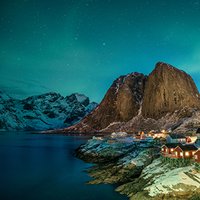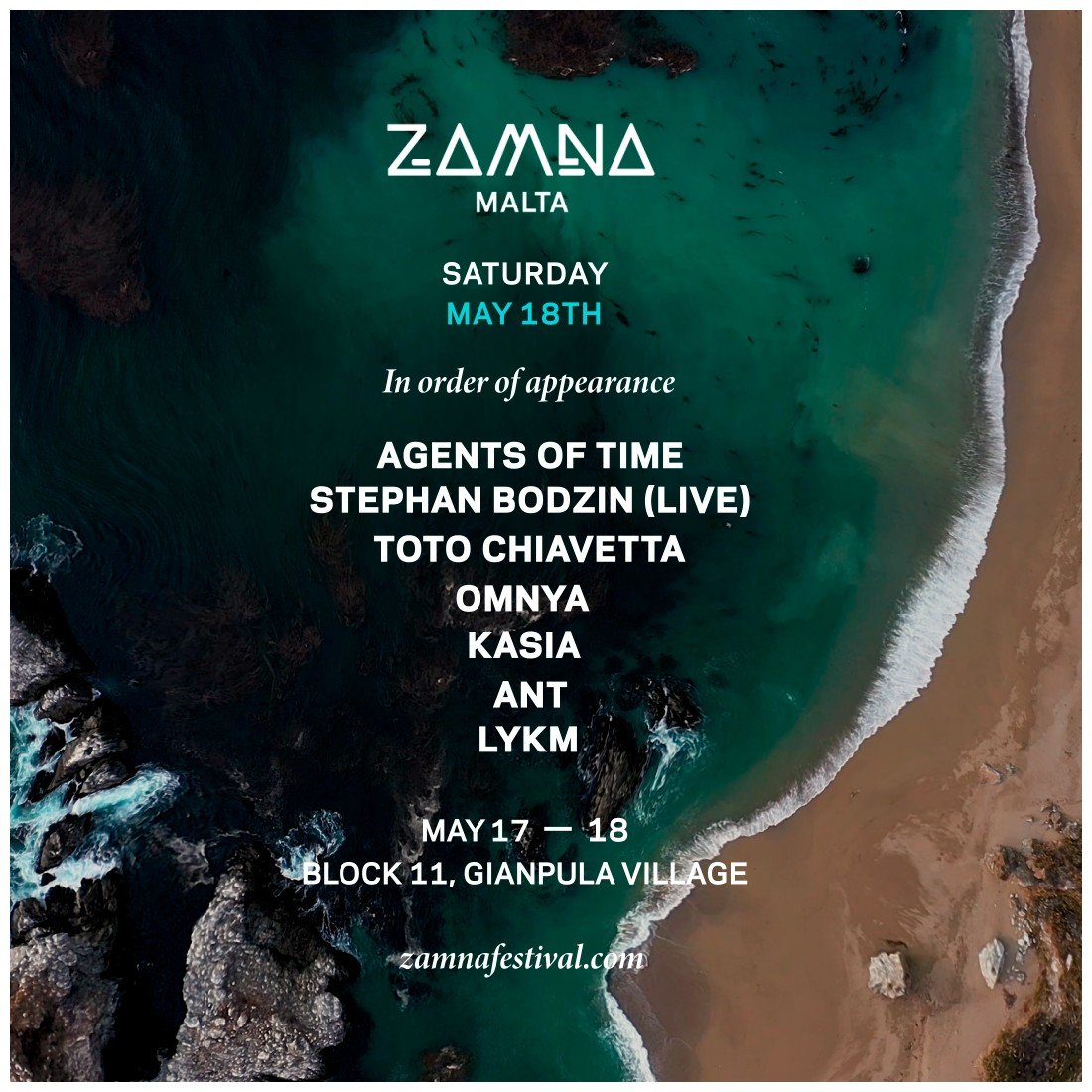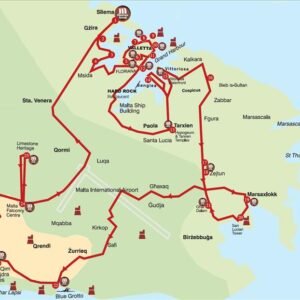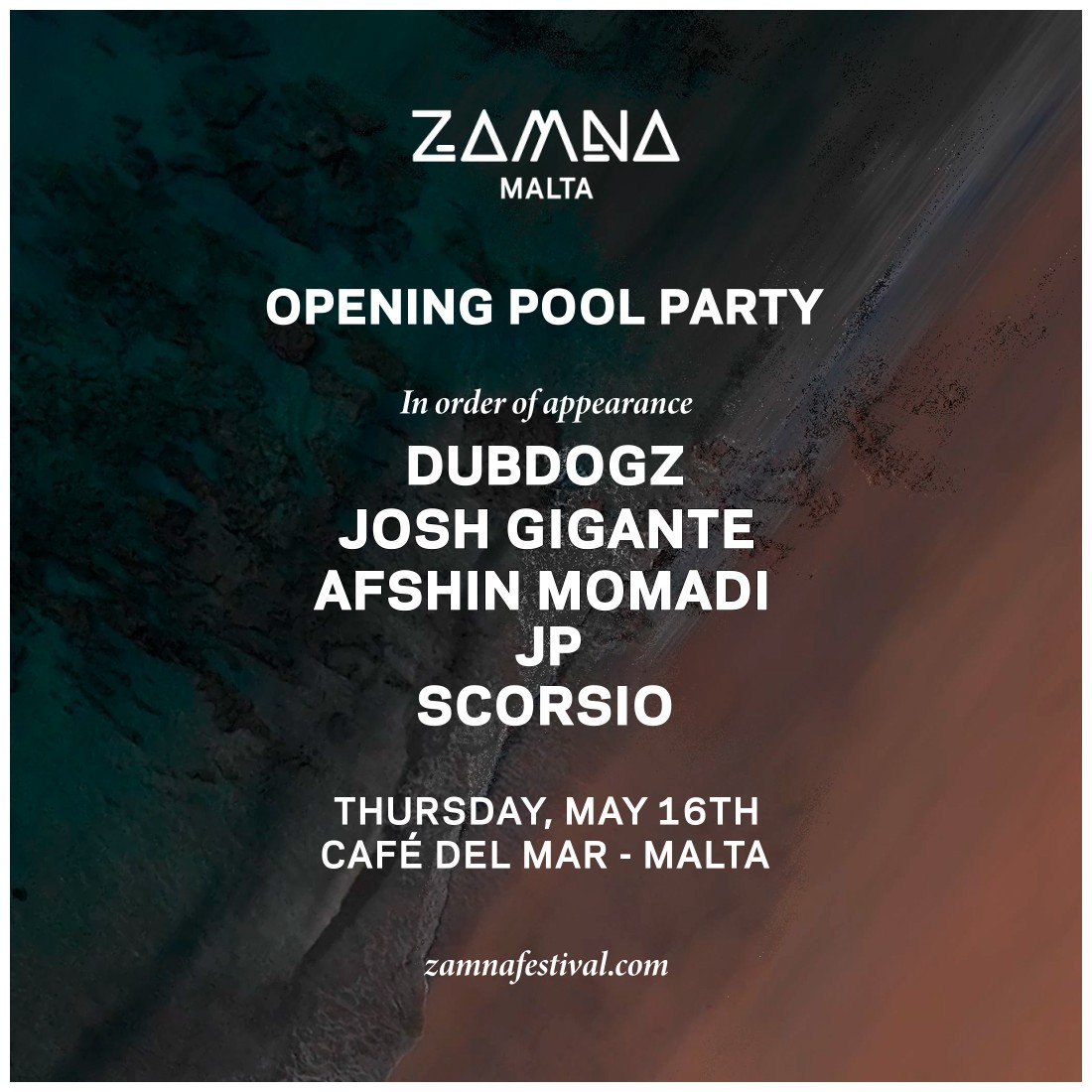
Malta by Night
Description
Tour is available every Monday, Wednesday & Friday
Pick-Up Time:
Cirkewwa & Mellieha at 1830
Golden Bay & Xemxija at 1840
St. Paul’s Bay at 1850
Bugibba at 1855
Qawra at 1900
St. Julian’s at 1930
Sliema at 2000
Valletta at 2015
Departure from Bugibba
1. Paceville – The long, warm summer nights of Malta lend themselves to a vibrant nightlife, especially in the traffic-free zones of Paceville.
Evenings start late and for many clubbers the revelry lasts into the late hours of the morning.
2. St. Julian’s & Sliema – The area of St. Julian’s and Sliema is one of Malta’s major commercial and residential areas with a number
of restaurants, shops and hotels. The history of this area is generally linked to the nineteenth and twentieth century and it became
very popular during the British period. In 1814 as a result of the Treaty of Paris, Malta officially became part of the British Empire and
remained so until Independence in 1964. Today, this area is a popular holiday destination with a number of hotels, restaurants and
English Language schools.
3. Ta’Xbiex – This area known as Ta’Xbiex has, since the time of the British, been one of Malta’s prime sites for real estate, due to its
wonderful views of the harbour and Valletta, hence the number of impressive buildings of Baroque and Victorian architecture, many of
which are now embassies and offices.
4. Msida – Lies on the shores of Msida Creek, one a quiet haven for fishermen and today an important marina where beautiful luxurious
yachts are seen berthed next to the local fishing boats.
5. Harbours – Malta has a number of deep natural harbours. The two in this area are Marsamxett Harbour and the very impressive Grand
Harbour.
6. Valletta – In 1530, the Islands where given to the Order of St. John after they were ousted from Rhodes. Suleyman the Magnificent,
Sultan of the much feared Ottoman Empire, laid siege on the island in 1565 using a large force of fighting ships and troops. The Knights
and the Maltese put up a defiant fight from their stronghold in the Three Cities overlooking the Grand Harbour and were eventually
victorious. After their victory, the Knights quickly laid plans to build a fortified city on the high ridge overlooking the Grand Harbour and
Marsamxett Harbour. Its first stone was laid by the Grand Master La Valette on 28 March 1566 and the city was called Valletta.
7. Mediterranean Conference Centre – The Mediterranean Conference Centre was originally built as the hospital of the Knights of St.
John. At the time, it had one of the longest halls in Europe. The patients were served on silver plates and with silver cutlery for reasons
of hygiene.
8. Fort St. Elmo – During the Great Siege, the fort of St. Elmo was overcome by the Ottoman fighters but it heroically diminished the
enemy’s strength as it battled the invaders. Within this fort, one will find the War Museum and the George Cross medal which was given
to the Maltese people by King George VI in 1942 as a sign of their bravery.
9. Castille – The monumental Baroque building, know to this day as the Auberge de Castille or simply Castille was the official seat of the
Knights of the Langue of Castille, Leon and Portugal who were responsible for the defence of the part of Valletta known as St. Barbara
Bastions. Today, these are the Offices of the Prime Minister of Malta.
10. The Aqueducts – The aqueduct was funded in 1610 by Grandmaster de Wignacourt. Now redundant, these silent arches once played
a fundamental role by bringing water to Valletta. Due to the geological structure of the land, Malta’s sources of water are nowhere near
the city and are restricted to areas where blue clay is found, mainly to the north of the island. The inhabitants of the ‘new’ city of Valletta
lived with a serious lack of water for about 45 years since the only natural spring was outside the city, a few kilometres away.
11. Rabat & Mdina – Archaeological findings and historical records show that since time immemorial, there would have been a settlement
of people on the high grounds of Rabat and Mdina. The number of catacombs, cart ruts and artefacts are witnesses to this. Today,
Mdina is one of the main attractions with its old medieval streets and baroque cathedral and palaces. The mosaic pavements in the
ruins of Roman Domus or Roman House, probably date back to the first century B.C. and rank amongst the finest and oldest mosaic
compositions in the western Mediterranean.
12. Mosta – One possible interpretation of the name ‘Mosta’ derives from the fact that the town is right in the centre of the island. Mosta
church is dedicated to the Assumption of the Virgin Mary and was built between the years 1833 and 1860 by the architect George
Grognet de Vasse as an enlarged version of Rome’s famous Pantheon. It is one of the largest unsupported domes in the world after
St. Peter’s in Rome and Haghia Sophia Istanbul. Mosta’s Feast Day falls on the 15th August, which is Malta’s most popular feast and is
celebrated in many parished across the Island.
13. Naxxar – Ancient historical records show that Naxxar has been a parish since the early 15th century. Today, Naxxar is thriving town of
over eleven thousand people living in the traditional village centre or in the more modern areas with its wide avenues and pleasant
surroundings.
14. Lija – A small village that forms part of the three villages of Malta, along with Attard and Balzan. Lija has a baroque parish church, seven
small chapels, old houses of character, large citrus gardens & also a unique Belveder tower.
Return to Hotels
€23.00







Be the first to review “Malta by Night”